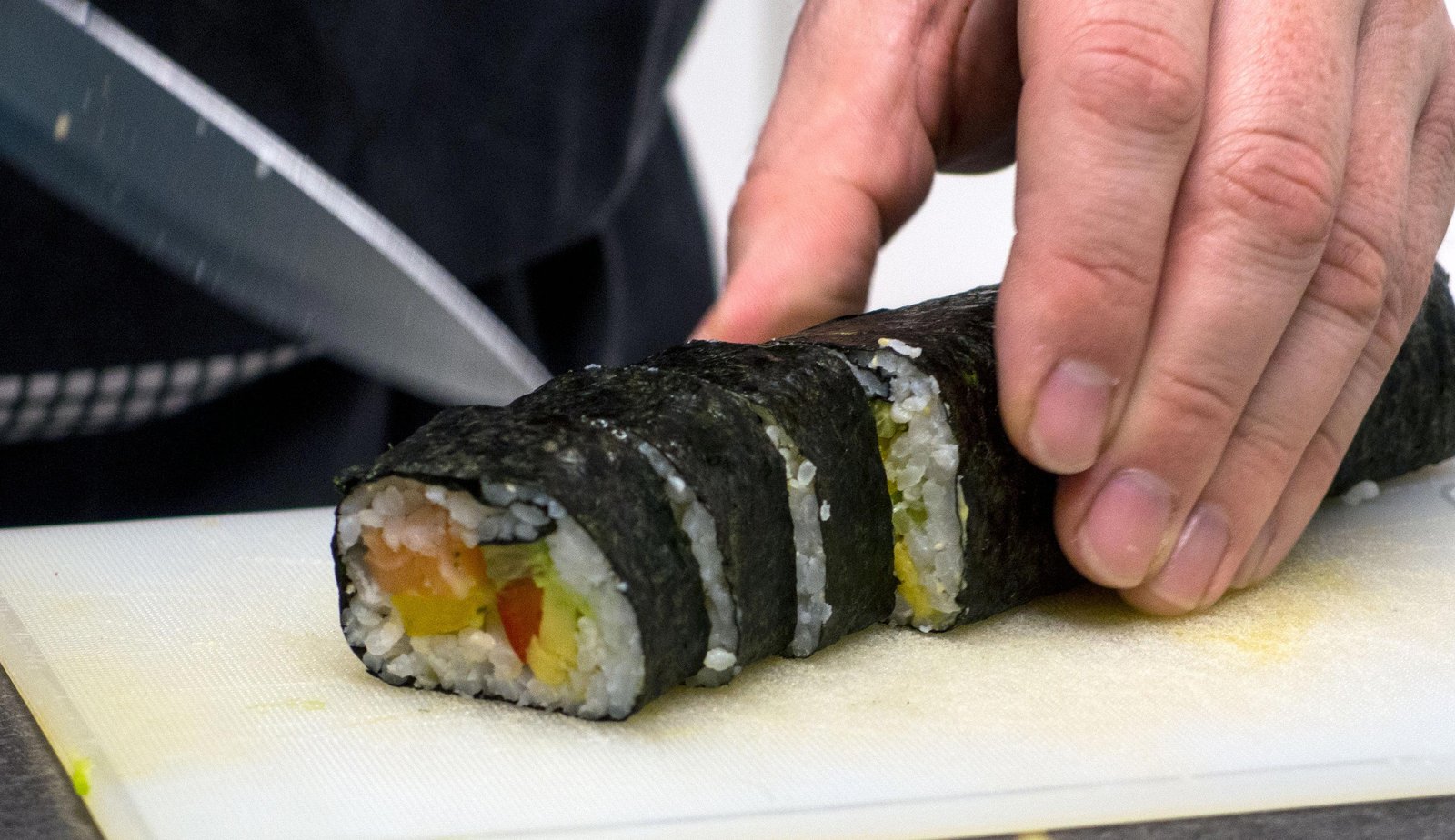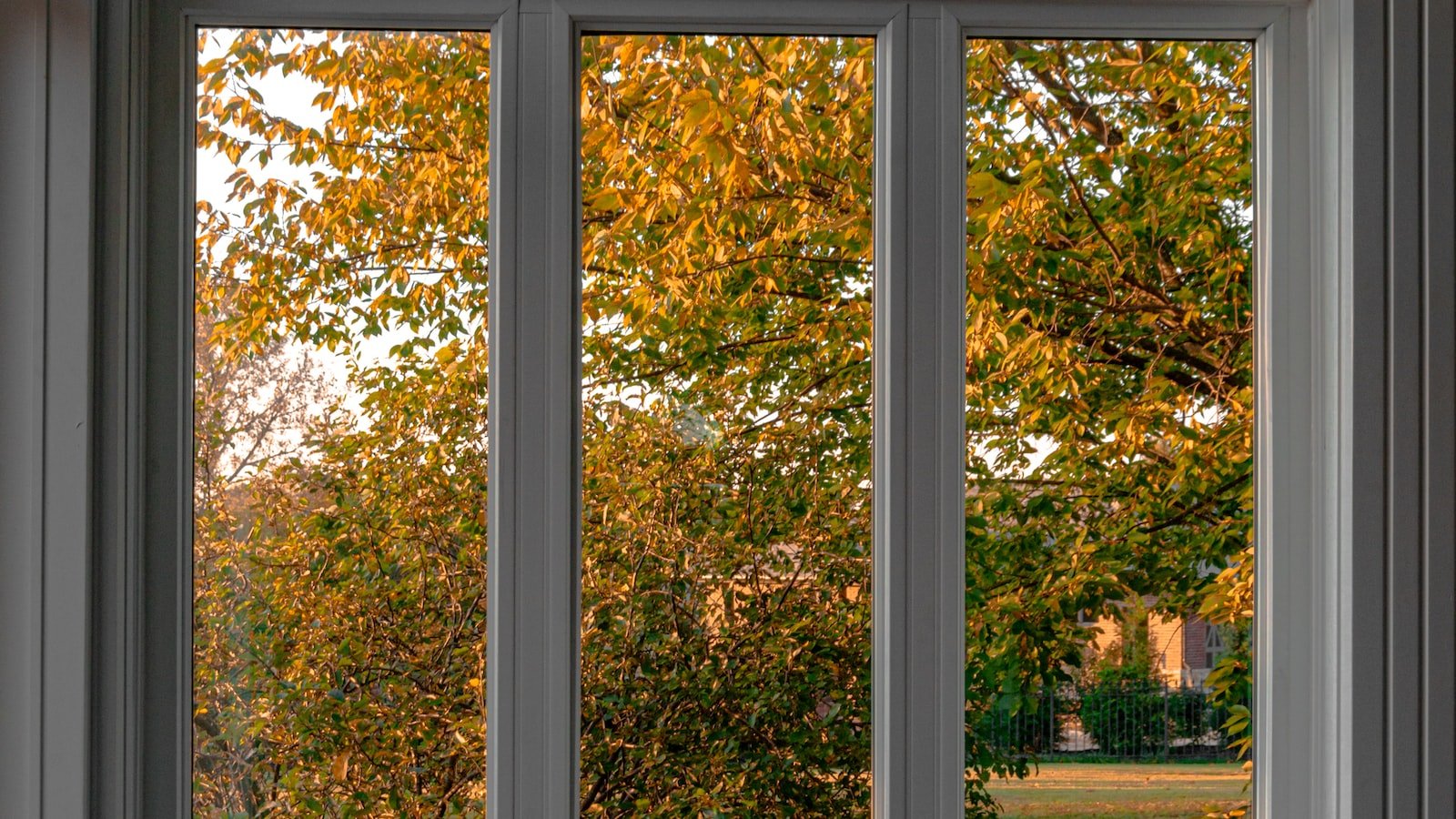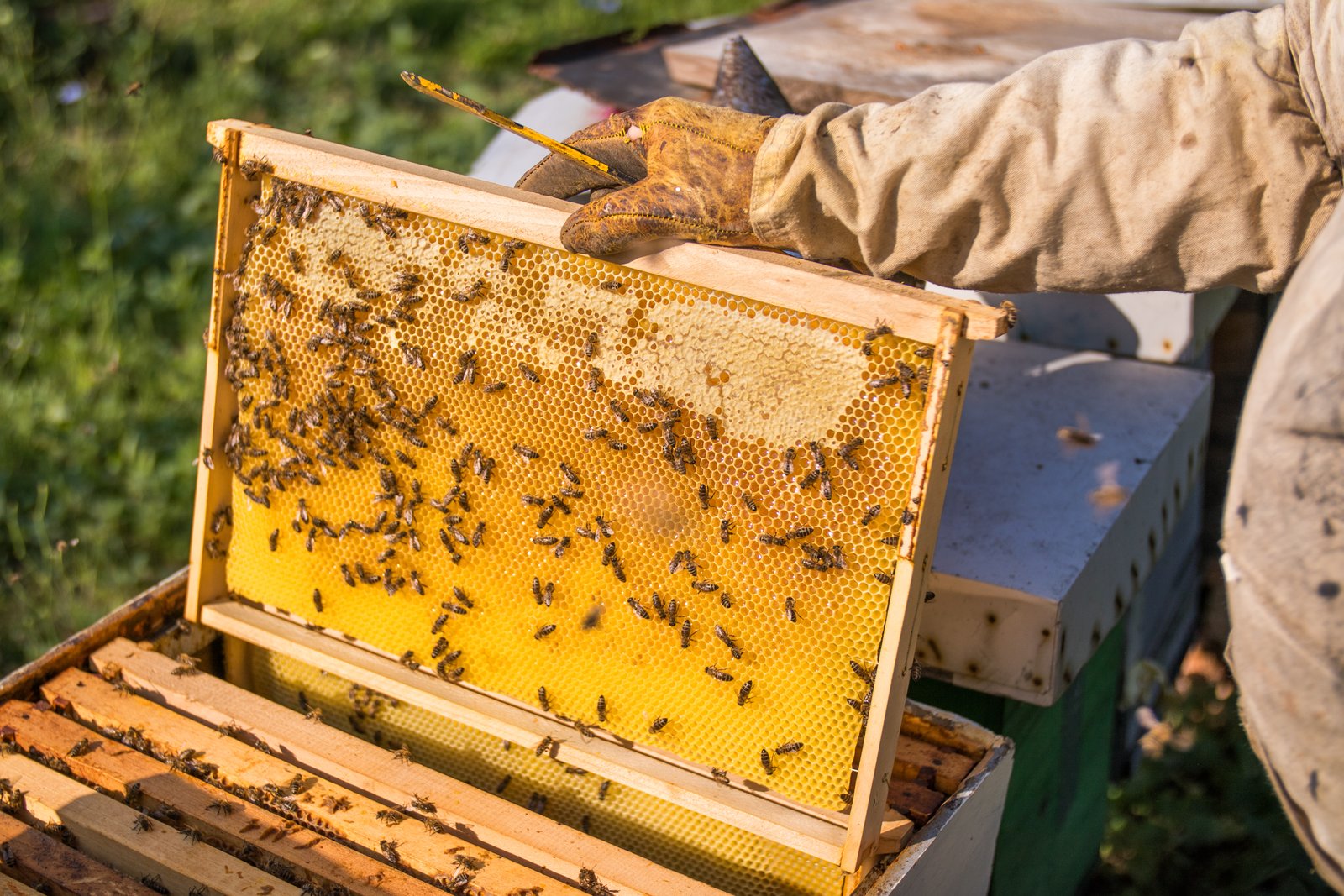The sweet song of buzzing bees, the golden flow of honey, and the delicate dance of pollination – the world of beekeeping holds an enchanting allure for many. Whether you’re a seasoned apiarist or a curious beginner, one thing is certain: hive frames and foundations are the unsung heroes behind a thriving hive. As you dive into the captivating world of beekeeping, crafting your own frames and foundations opens a gateway to customization and sustainability. In this article, we will embark on a journey to uncover the secrets of constructing hive frames and foundations, enabling you to nourish your buzzing companions with purpose and precision. So, prepare your tools, unleash your creativity, and let’s begin this buzzing adventure!
Table of Contents
- Preparing the Materials
- Understanding the Different Types of Hive Frames and Foundations
- Step-by-Step Guide to Crafting Hive Frames and Foundations
- Tips and Tricks for Building Sturdy and Functional Hive Frames
- Choosing the Right Foundation for Your Beehive
- Q&A
- Concluding Remarks

Preparing the Materials
Before diving into the project, it is crucial to ensure all the necessary materials are ready. beforehand saves time and helps in maintaining a smooth workflow.
To get started, here’s a checklist of items you should have:
- Tools: Gather all the required tools, such as screwdrivers, hammers, or pliers, to complete the task efficiently.
- Materials: Ensure you have all the necessary materials, including wood, nails, paint, or screws, depending on the project at hand.
- Safety gear: Safety should always be a top priority. Don’t forget to put on protective equipment like goggles, gloves, and masks when handling dangerous or dusty materials.
Once you have everything ready, organize your work area by clearing out any clutter. A clean and tidy workspace allows for better focus and minimizes the chance of accidents.
Remember: Efficient preparation of materials is the foundation of any successful project. Invest a little time upfront, and you’ll reap the rewards later on!

Understanding the Different Types of Hive Frames and Foundations
Beekeeping enthusiasts and professionals know that choosing the right hive frame and foundation is crucial for the success and productivity of their colonies. There are several different types available, each with its own unique benefits and considerations. Here is a comprehensive guide to help you understand the different options:
Wooden Frames:
Traditional and widely used, wooden frames offer durability and stability. They are easy to handle, and their natural texture provides a familiar environment for bees. Many beekeepers prefer wooden frames due to their versatility and compatibility with various hive types.
Plastic Frames:
If you’re looking for a low-maintenance option, plastic frames might be ideal. They have a smooth surface, which makes them easy to clean and maintain. Additionally, plastic frames are resistant to pests and diseases and tend to last longer than their wooden counterparts.
Comb Foundations:
The foundation serves as the base for bees to build their honeycomb. Comb foundations come in two primary types – plastic and wax. Plastic foundations are durable, provide consistent cell size, and are resistant to damage caused by hive beetles. Wax foundations, on the other hand, mimic the natural process of honeycomb building and are favored by beekeepers who prioritize authenticity.
Wired Foundations:
For beekeepers with heavy honey production goals, wired foundations offer increased structural support. The embedded wires provide strength to prevent comb sagging under the weight of honey. This type of foundation is commonly used for larger honey extraction operations.
Perforated Foundations:
Specially designed to encourage honey drainage during extraction, perforated foundations come with strategically placed holes or slots. This design allows for efficient honey extraction and prevents excessive damage to the honeycomb. Beekeepers who prioritize honey quality often opt for perforated foundations.
Whether you’re a beginner or an experienced beekeeper, is essential for maintaining healthy and productive colonies. Consider the unique needs of your bees, your beekeeping goals, and the advantages offered by each option before making a decision.

Step-by-Step Guide to Crafting Hive Frames and Foundations
Creating hive frames and foundations is an essential skill for beekeepers, ensuring a sturdy and productive environment for their buzzing companions. Follow this step-by-step guide to craft your own hive frames and foundations and provide a safe haven for your industrious bees.
Step 1: Gather your materials. You will need:
- Wooden boards
- Pins/nails
- Wire
- Wax sheets
Tip: Opt for untreated and non-toxic wood to avoid harm to your bees.
Step 2: Cut the wooden boards into the desired frame size using a saw. Ensure you have enough boards for the number of frames you want to create.
Step 3: Assemble the frame by attaching the cut boards using pins or nails. Make sure the corners are secure and the frame is solid.
Step 4: Secure the wire to the frame by threading it through small holes drilled near the top and bottom of each side. This will provide support to the foundation.
Step 5: Place the wax sheet foundation on the frame, ensuring it covers the entire surface. Press it firmly to secure the wire and create a stable base for the bees to construct their comb.
By following these steps, you’ll be able to create durable and functional hive frames and foundations, promoting a healthy bee colony and a thriving honey production system.

Tips and Tricks for Building Sturdy and Functional Hive Frames
Building sturdy and functional hive frames is essential for maintaining healthy and productive bee colonies. Here are some expert tips and tricks to ensure your frames are durable and efficient:
1. Choose high-quality materials: Start by selecting strong and durable materials for your hive frames, such as solid wood or food-grade plastic. Avoid using weak or low-quality materials that may cause frames to warp or break over time.
2. Ensure precise measurements: Accurate measurements are crucial to ensure proper frame alignment and prevent gaps that can attract pests or allow bees to escape. Use a reliable measuring tool and double-check your measurements before cutting the frame components.
3. Secure frame joints: Properly securing frame joints is vital for long-lasting frames. Utilize sturdy nails or screws and consider reinforcing the corners with wood glue for added strength. This ensures the frames withstand the regular wear and tear associated with beekeeping.
4. Add wire or foundation: Strengthen your frames by incorporating wire or foundation. Wiring frames improves stability and prevents the comb from collapsing under the weight of honey. Be sure to install the wire or foundation securely, ensuring it stays taut within the frame.
5. Implement frame spacing: Providing adequate spacing between frames is critical to maintain optimal hive conditions. Follow recommended guidelines for spacing, allowing efficient bee movement, proper ventilation, and easy inspection.
Remember, investing time and effort into constructing sturdy and functional hive frames pays off in the long run. By following these tips and tricks, you’ll create a reliable foundation for a thriving beekeeping venture. Happy beekeeping!
Choosing the Right Foundation for Your Beehive
When it comes to setting up a productive beehive, choosing the right foundation is crucial for the success of your colony. A foundation serves as the base for the bees to build their honeycombs, providing stability and support. Here are a few factors to consider when selecting the perfect foundation:
- Type of Foundation: There are various types of foundations available, including plastic, beeswax, and foundationless frames. Each has its own benefits and drawbacks. Plastic foundations are durable and resistant to pests, beeswax foundations offer a natural and familiar scent, while foundationless frames allow the bees to build comb freely. Consider the needs and preferences of your bees when making a decision.
- Size: Foundations come in different sizes, depending on the dimensions of your beehive frames. Ensure that the foundation you choose fits snugly into your frames to prevent any gaps or misalignments.
- Cell Size: The size of the cells on a foundation plays a significant role in determining the size of your bees. While larger cells can result in larger bees, smaller cells promote more efficient honey production. It’s important to strike the right balance based on your beekeeping goals.
Remember, the foundation you choose sets the stage for a thriving bee colony. By considering the type, size, and cell size, you can make an informed decision that will benefit both your bees and your honey production.
Q&A
How difficult is it to make your own hive frames and foundations?
Making your own hive frames and foundations requires some basic woodworking skills and tools. With the right instructions and materials, it can be a fun and rewarding DIY project for any beekeeper.
What materials do I need to make hive frames and foundations?
To make hive frames, you’ll need pine or cedar wood, frame nails, and a frame assembly jig. For foundations, you’ll need beeswax or a foundation mold, along with a heat source for melting the wax.
Can I use any type of wood to make hive frames?
While pine and cedar are popular choices due to their durability and resistance to rot, you can experiment with other hardwoods as well. Just ensure that the wood is untreated to avoid any potential harm to your bees.
What’s the benefit of making my own hive frames and foundations instead of buying them?
By making your own hive frames and foundations, you have control over the quality of materials used and can customize them to your hive’s specific needs. It can also be more cost-effective in the long run, especially if you have the woodworking skills and resources readily available.
Are there any specific measurements I need to follow?
Yes, it’s crucial to adhere to specific measurements to ensure the frames fit snugly inside your hive boxes. Common measurements include frame depth, frame width, and the spacing of the top and bottom bars. Following established standards will help maintain hive uniformity and compatibility.
What is the importance of foundations in beekeeping?
Foundations provide support for the bees to build the honeycomb and maintain the structural integrity of the hive. They also serve as guides for the bees to create uniform bee space, preventing cross-combing and making hive inspections easier.
Can I use homemade foundations for all types of hive systems?
Yes, homemade foundations can be used in Langstroth, top-bar, and Warre hives, among others. However, it’s essential to consider the specifics of each hive system and adjust the dimensions accordingly to ensure compatibility.
How do I melt beeswax for making foundations?
To melt beeswax, you can use a double boiler on low heat or a crockpot set to low temperature. It’s crucial to monitor the melting wax carefully to prevent it from overheating or catching fire, as beeswax is highly flammable.
Are there any safety precautions I should take while making hive frames and foundations?
Yes, it’s important to wear appropriate protective gear, such as safety goggles and gloves, when handling woodworking tools and hot wax. Additionally, ensure proper ventilation in your workspace, especially when working with melted wax.
Concluding Remarks
And there you have it – the art of making your own hive frames and foundations! By now, you’ve gained a deeper understanding of the intricate dance between bees and their hives. With just a few simple tools and a splash of creativity, you can create a home for your buzzing companions that is both functional and sustainable.
Remember, embarking on this DIY journey allows you to fully immerse yourself in the fascinating world of beekeeping. As you craft each frame with precision and care, you become connected to the centuries-old tradition of hive construction. The bees will surely appreciate the love and effort you pour into their humble abodes.
By designing your own frames and foundations, you not only save costs but also have the freedom to experiment and adapt. Innovate with alternative materials or dimensions to cater to the unique needs of your local buzzing community. This creative touch, blended with your passion for these industrious creatures, may just yield unexpected rewards.
Beyond the mere practicality of this craft, making your own hive frames and foundations becomes an expression of your dedication to the preservation of these vital pollinators. It serves as a gentle reminder to respect and protect the delicate balance of nature and our interconnectedness with it.
So, go forth, fellow bee enthusiast! Unleash your creativity, satisfy your curiosity, and build the perfect sanctuary for your beloved hive dwellers. As you embark on this fulfilling endeavor, may your buzzing companions reward you with swarms of honey and a harmonious connection to the intricate world of beekeeping.
As an affiliate, my content may feature links to products I personally use and recommend. By taking action, like subscribing or making a purchase, you’ll be supporting my work and fueling my taco cravings at the same time. Win-win, right?
Want to read more? Check out our Affiliate Disclosure page.